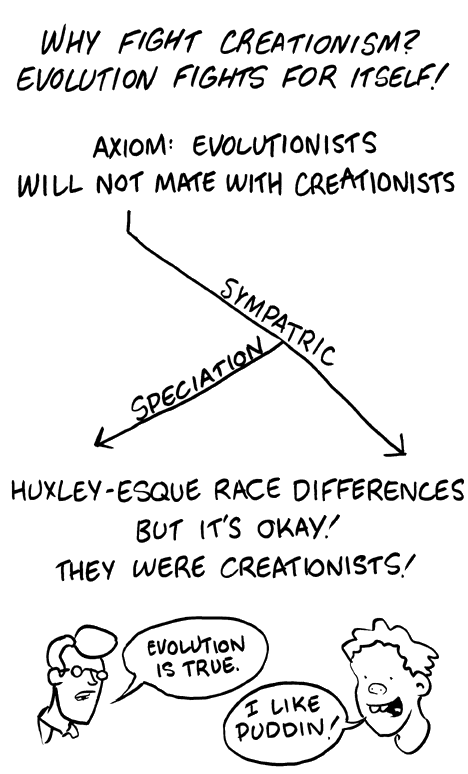Today is Darwin Day, the day that we commemorate the bicentennial of Darwin’s birth, as well as the sesquicentennial of the publishing of The Origin of Species. We all know about the theory of evolution by now, and it is probably thanks to that, that humanity’s knowledge of biology has advanced as far as it has now. After all, everything we have come up with regarding this wonderful field is based on this theory.
According to a National Geographic article I read recently, Darwin’s famous discoveries on the Galapagos Islands are merely the tip of a metaphorical iceberg that plunges much further into the depths of his journeys. The Galapagos Islands were in fact, near the very end of the HMS Beagle’s voyage.
Much longer before then, when Darwin could hardly have been considered a naturalist, the ship visited a variety of places along South America, where they encountered a number of fossil sites. Some of these, including a giant prehistoric armadillo and what could possibly have been a fearsome, eight-foot-tall sloth, were even named after Darwin himself. It was here that he noted some dissimilarities between different types of rhea(which were caught and eaten regularly by the crew) and possibly the time and place that some of his ideas of evolution-then called “transmutation”- began to take form.
Of course, never having really been a professional scientist of any kind, he could not have been able to make sense of what he saw. So he sent samples back to an ornithologist.
I’ve always found it funny that up until Watson and Crick, few of the major discoveries and revelations in biology have been made by actual scientists. Truth be told, I can only think of Fleming here. I’m sure there are more, but I’m not educated enough.
First we have Darwin, originally a clergyman, who finally put the theory of evolution into a book. Then, we have Mendel, who lived as a monk, who came up with the idea of “factors” that influenced an organism’s phenotype. I suppose all his free time and love for gardening were the main contributing factors to this discovery.
It’s too bad I’ll never discover any new genetic algorithms while playing video games.
Anyway, there is a surprising link between Charles Darwin and Francis Crick. Shortly before Darwin died, he was sent a sample of a tiny freshwater clam attached to a water beetle, and he actually wrote a short paper on it. The sender of the clam was named Walter Drawbridge Crick, who turns out to be Francis Crick’s grandfather.
The guy who dreamt up the structure of DNA while on LSD, was the grandson of a man who corroborated with Darwin. I found that to be quite an interesting coincidence.

-Joe
